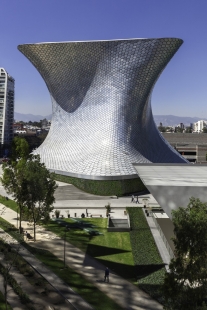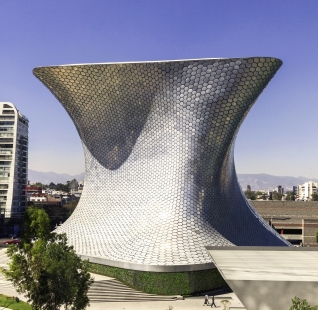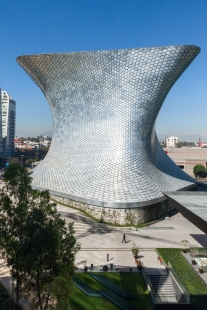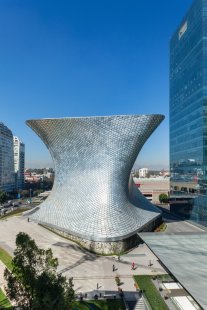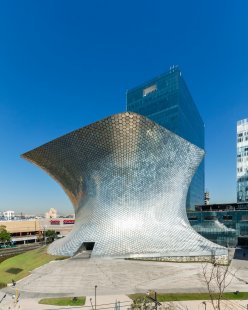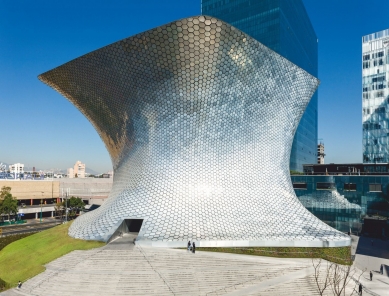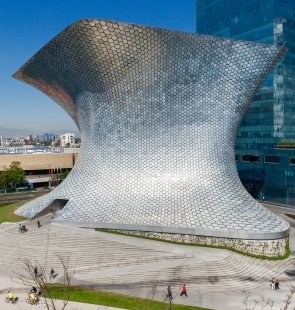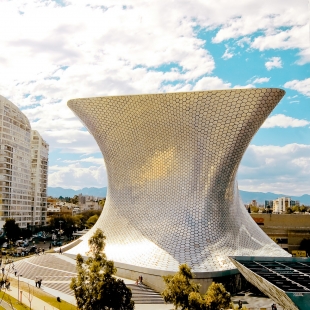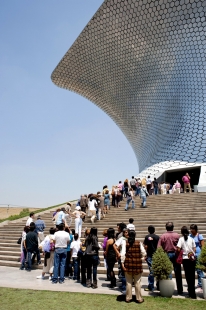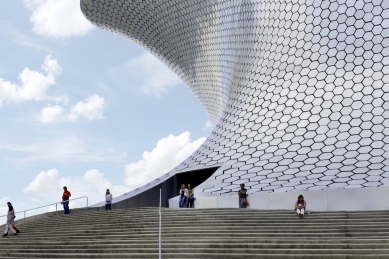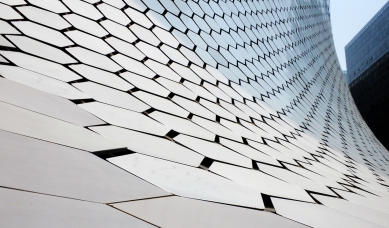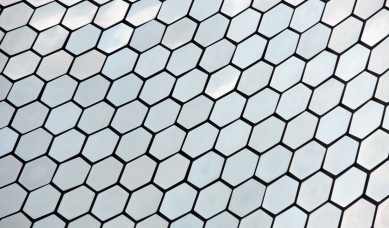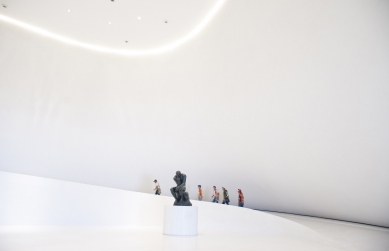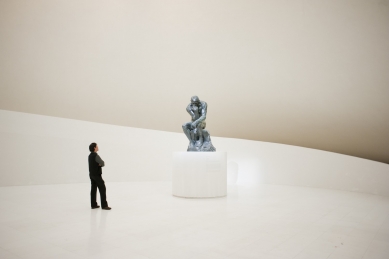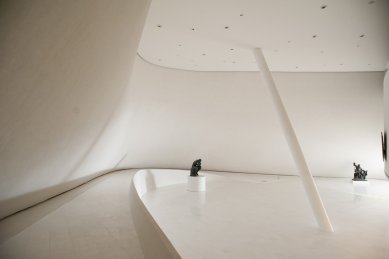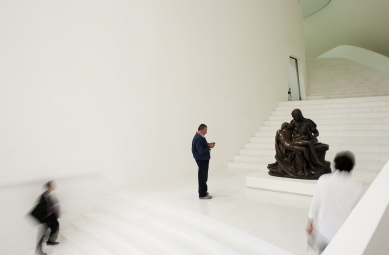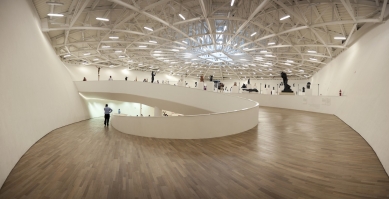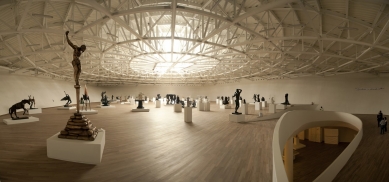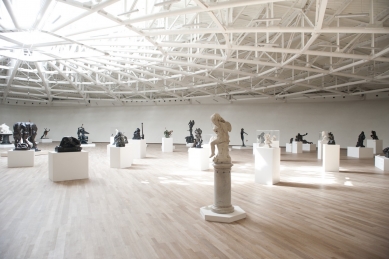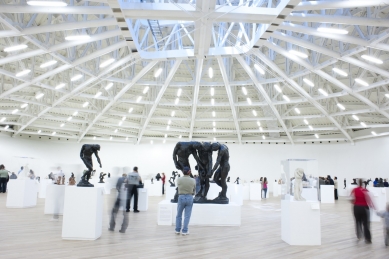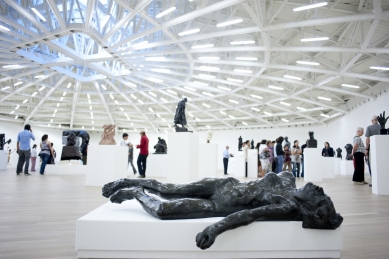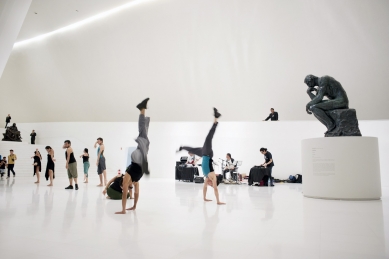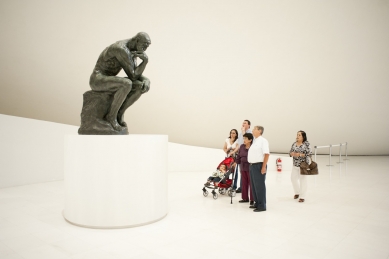
The Soumaya Museum
Museo Soumaya

 |
In order to create a new identity for the site, the proposal needed to create both a strong urban and iconic presence. Thus, the Soumaya Museum was conceived as a rotating sculptural building that is both an object and a part of the city. The museum’s avant-garde shape defines a new paradigm in the timeline of Mexican and International architecture.
The shell of the building is made of 28 unique curved steel columns of varying size and shape. The structure is stabilized by a system of seven rings located on each floor.
To create a shelter for its collection, the opaque façade is made of hexagonal aluminum modules that minimize exterior openings while optimizing the preservation and durability of the entire building. The conglomeration of the individual modules reflects the diversity of the museums’ collection that includes the worlds’ second largest collection of Rodin sculptures, a wing of Medieval and Renaissance Art, and a gallery of Impressionism.
This diverse collection is housed in a continuous 6,000 m² exhibition space spread over six levels. The building also includes an array of public and private programs, including: a 350 seat auditorium, library, restaurant, gift-shop, a multi-purpose lounge, and administrative offices. Connecting the programs is a non-linear circulation zone, creating areas of interaction for users along a common path as they meander through the building, culminating in a naturally lit multi-use gallery on the top floor.
2 comments
add comment
Subject
Author
Date
Hasičáky
pofu
13.07.13 09:41
další snaha o bilbao?
tomcerny
03.08.13 08:13
show all comments

